Presented by AMD
Destination Earth: The digital twin helping to predict – and prevent – climate change
How the European Commission is hoping to fight back against climate change with a perfect digital twin of our planet, powered by Finland's monstrous LUMI supercomputer
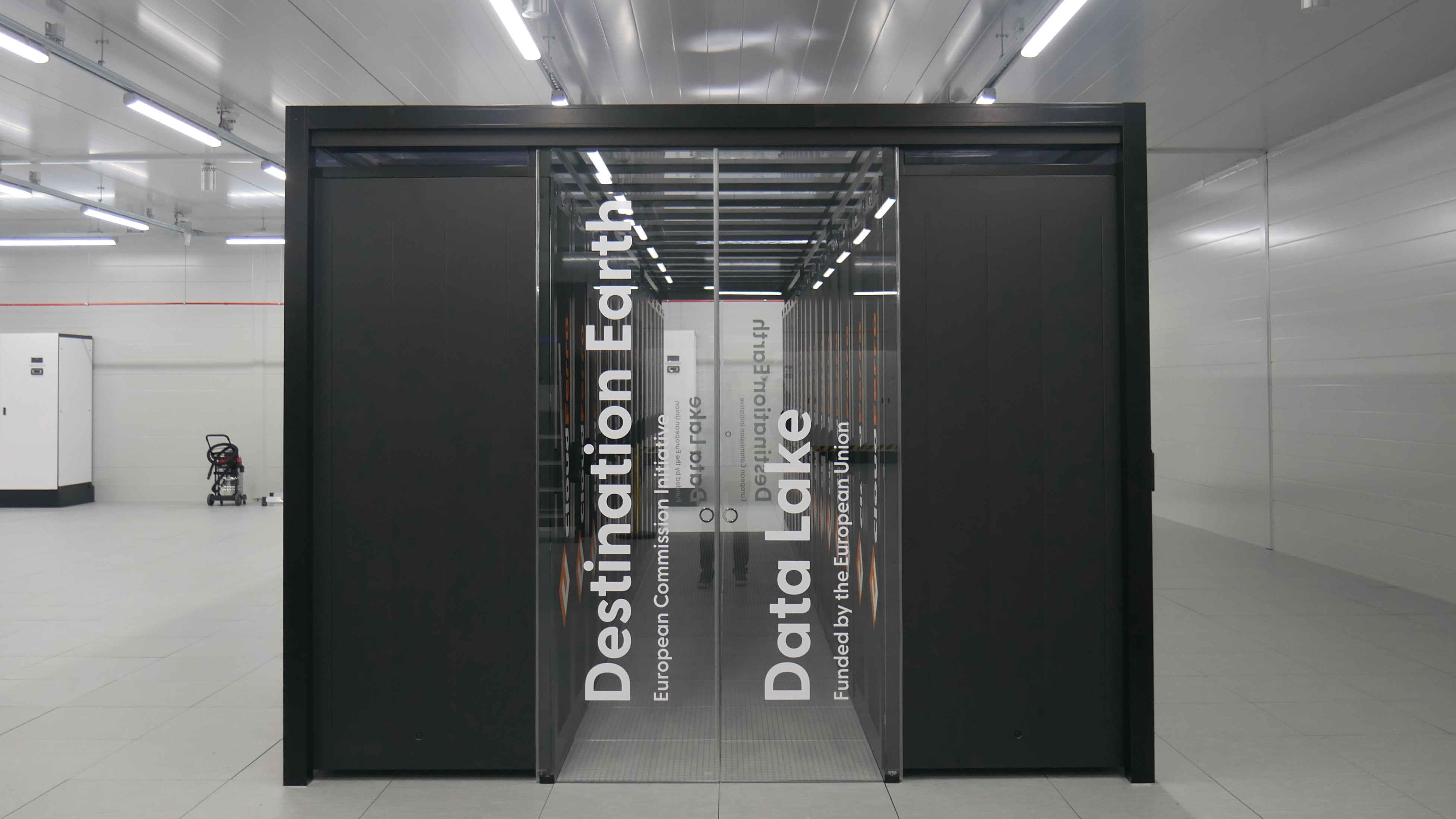
In June 2025 Google Earth – the first 3D model of our planet to capture the public imagination and give everybody easy access to an accurate representation of our land and seas – celebrated its 20th anniversary. In the two decades since its founding, it has become clear just how far and deep climate change has ravaged our planet, observable via features like timelapses and side-by-side satellite image comparisons.
That's why, in 2022, the European Commission (EC) launched an initiative to build an entirely new, super-advanced system to reimagine Earth using an unprecedented amount of data, Earth system models, cloud computing, high-speed networks, and AI. The result of this effort is an ambitious digital twin of our planet known as Destination Earth (DestinE) – powered by a plethora of advanced components and underpinned by the Lumi supercomputer, the AMD-powered goliath at the heart of European computing operations.
This is a step up from the likes of Google Earth and Terravision, providing a robust and sophisticated scientific platform that will allow us to adapt to the effects of climate change before they arise and avoid the worst effects.
What is Destination Earth (DestinE)?
The notion of using technology to tackle climate change is not a new one; a Science Direct report produced following the landmark COP26 meeting in 2021 highlighted digital technologies as "an integral component" of many proposed mitigation measures. In that vein, the EC's flagship climate change initiative leans heavily into this idea, with officials aiming to build a highly accurate digital twin of the Earth in order to monitor and simulate natural phenomena, hazards that may occur, as well as project the consequences of human activity.
Launched in 2024, the model will monitor, simulate and predict the delicate interactions between these natural systems – and the influence of human activity – giving policymakers far more information than ever before. This in turn will enable them to work more effectively to respond to and pre-emptively avoid the consequences of human-led climate change. For example, it will allow those with access to better respond to natural disasters, test the pathways for adapting to climate change, and predict the global socioeconomic impact of the changing planet, as well as new measures designed to curb rising temperatures and sea levels.
The EC developed and launched the first release of the core service platform, the data lake, and the first two digital twins on extreme events and climate change adaptation in June 2024. By 2027, its operators plan to further improve the DestineE system, providing additional services and additional AI capabilities and interactions with new digital twins. Then, by 2030, the EC plans to complete a full and comprehensive digital twin of our planet.
What powers Destination Earth (DestinE)?
There are several core components to DestinE, including a core service platform, a data lake, and the digital twins that went online last year – one Weather-Induced Extremes Digital Twin and the Climate Change Adaptation Digital Twin.
The core service platform is an intuitive entry point for DestinE users, offering evidence-based decision-making tools as well as applications and services based in an open and flexible cloud computing environment. It coordinates data, cloud, and high-performance computing (HPC) infrastructures, while providing access to digital twins (the two that have been released and more as they are launched in the future). This system makes AI tools and massive data analytics services available to users, as well as monitoring, simulation and prediction capabilities.
The data lake, meanwhile, brings together existing data repositories and data from sources like internet of things (IoT) equipment alongside historical socioeconomic data. The digital twins that exist on the platform will also continuously feed new data over time, so the models can make better and more accurate projections using the AI and analytics tooling.
The underlying fabric for this system is the LUMI supercomputer, based in Kajaani, Finland, which has granted researchers the ability to replicate Earth's ecosystem down to the square kilometer. Installed in 2021, LUMI is currently the ninth most powerful supercomputer in the world and is capable of reaching 531 petaFLOPS of power. Fitted within is a GPU partition of 2,978 nodes, each with one 64-core AMD Trento CPU and four AMD MI250X GPUs – that's 11,912 AMD GPUs. There's also a CPU-only partition that features 64-core 3rd-generation AMD EPYC CPUs.
"LUMI has provided most of the computing capacity for the project. Millions of GPU-hours have been spent on the computing required for the project, and almost 10% of LUMI’s capacity to date has been used for Destination Earth," said Destination Earth’s ClimateDT principal investigator and director of science and technology at Finland's IT Center for Science (CSC), Pekka Manninen. "The demanding workflows of the project have been very complex. The success is a testament not only to LUMI’s computing power, but also to its modern architecture, which is suitable for demanding simulations."
How is Destination Earth (DestinE) helping against climate change?
There are at least two dozen examples of how DestinE has already made an impact, from developing a modeling framework for heat wave adaptation to helping researchers optimize routes in polar regions to reduce emissions during transit.
One of the most pertinent use cases is how DestinE has led to HydroMet, an application designed to provide more accurate statistics of extreme rainfall and other hydrological extremes. The endeavor aims to estimate how climate change might also affect future extreme events. The Global Fish Tracking System (GFTS) is also a new effort to fight the lack of accurate modeling of fish movement, migration strategies and site fidelity. By relying on the DestinE platform, scientists want to be able to predict sea bass behavior and develop a decision tree for various 'what-if' scenarios. There are so many more examples of how DestinE is already making an impact – with the future for this computing-centric approach to fighting climate change only starting.
While we can witness the horrific effects of climate change using time lapses on Google Earth, it will be incredibly sophisticated platforms that DestineE that lead the technological charge against these effects. The supercomputing capabilities at the heart of the platform, thanks to Lumi, will be key to powering the dozens of current and future projects that will help us get a grip on not only the effects of climate change but also the future impact.
Sign up today and you will receive a free copy of our Future Focus 2025 report - the leading guidance on AI, cybersecurity and other IT challenges as per 700+ senior executives
ITPro is a global business technology website providing the latest news, analysis, and business insight for IT decision-makers. Whether it's cyber security, cloud computing, IT infrastructure, or business strategy, we aim to equip leaders with the data they need to make informed IT investments.
For regular updates delivered to your inbox and social feeds, be sure to sign up to our daily newsletter and follow on us LinkedIn and Twitter.
-
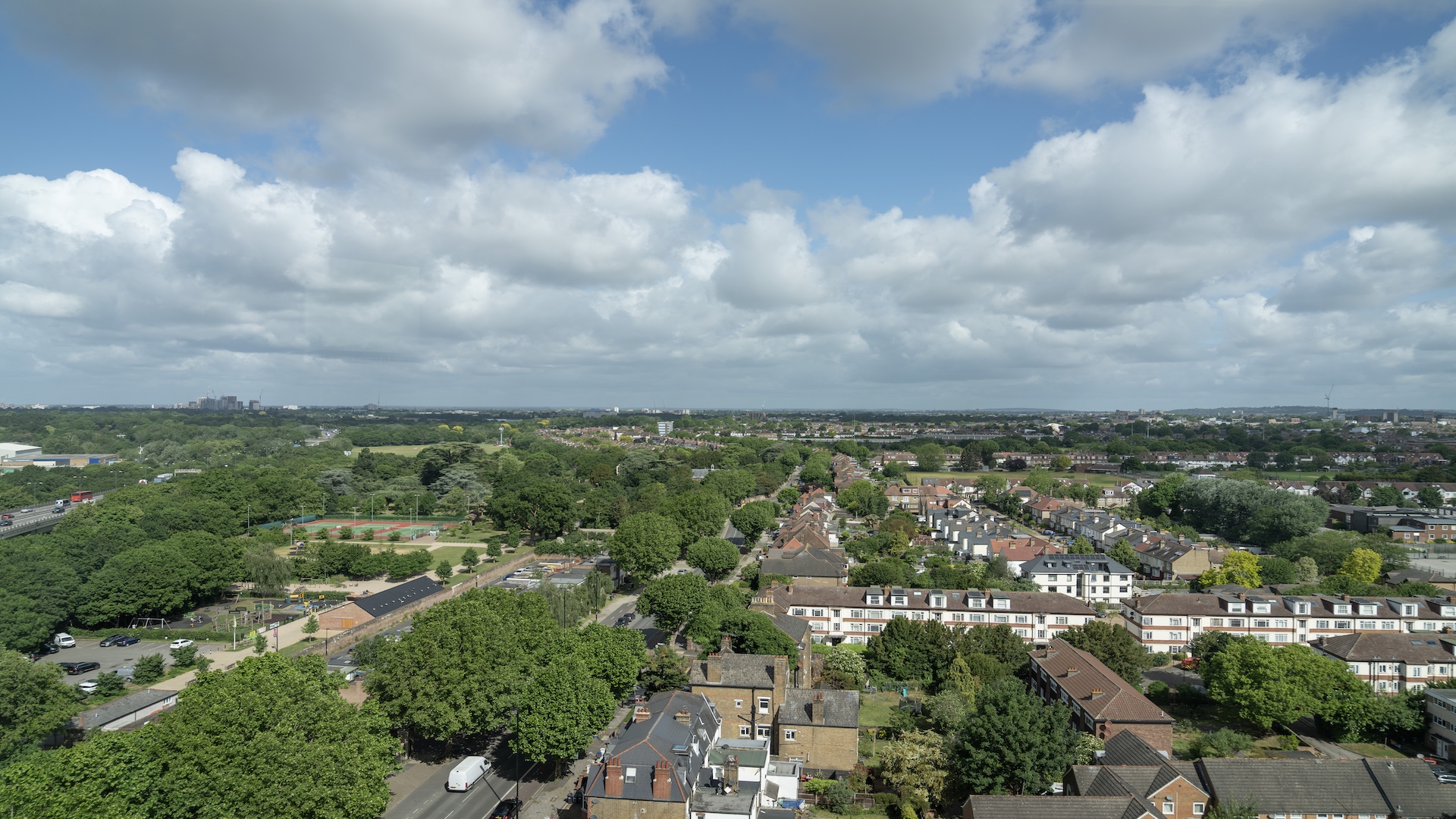 Hounslow Council partners with Amazon Web Services (AWS) to build resilience and transition away from legacy tech
Hounslow Council partners with Amazon Web Services (AWS) to build resilience and transition away from legacy techSpomsored One of the most diverse and fastest-growing boroughs in London has completed a massive cloud migration project. Supported by AWS, it was able to work through any challenges
-
 Salesforce targets better data, simpler licensing to spur Agentforce adoption
Salesforce targets better data, simpler licensing to spur Agentforce adoptionNews The combination of Agentforce 360, Data 360, and Informatica is more context for enterprise AI than ever before
-
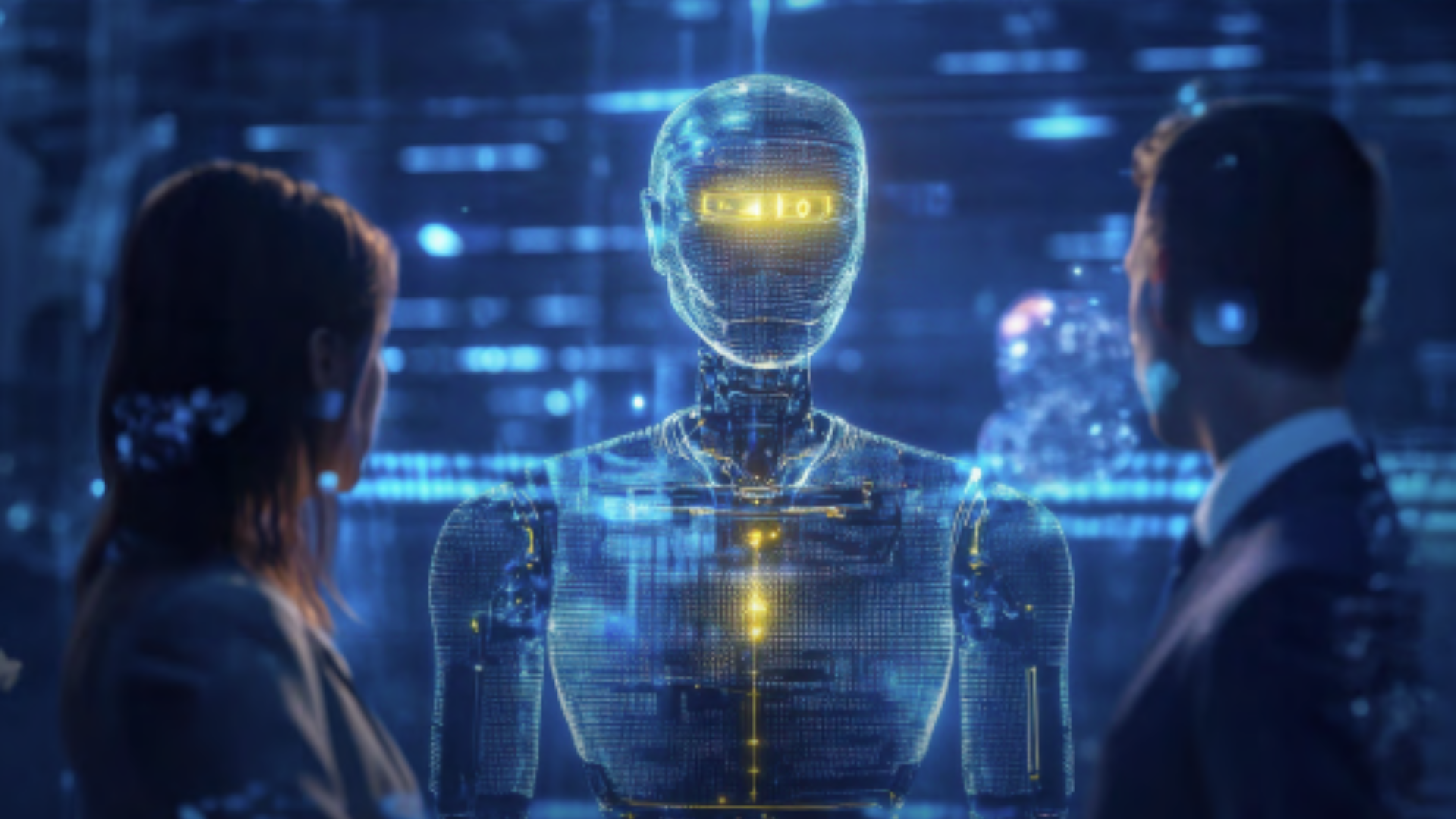 AI Infrastructure for Business Impact: Enabling Agentic Intelligence with Scalable Compute
AI Infrastructure for Business Impact: Enabling Agentic Intelligence with Scalable Computewhitepaper
-
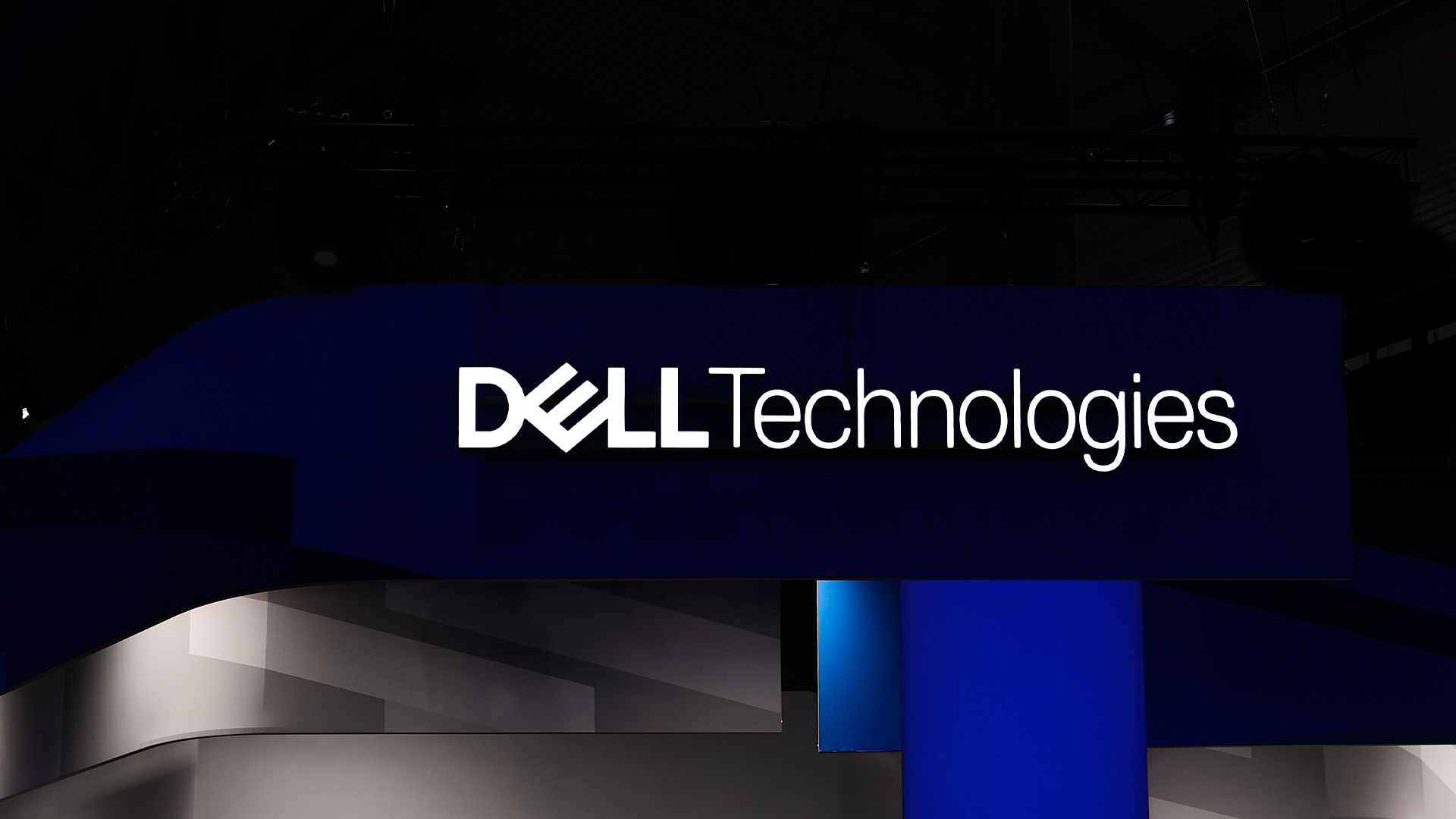 Dell Technologies doubles down on AI with SC25 announcements
Dell Technologies doubles down on AI with SC25 announcementsAI Factories, networking, storage and more get an update, while the company deepens its relationship with Nvidia
-
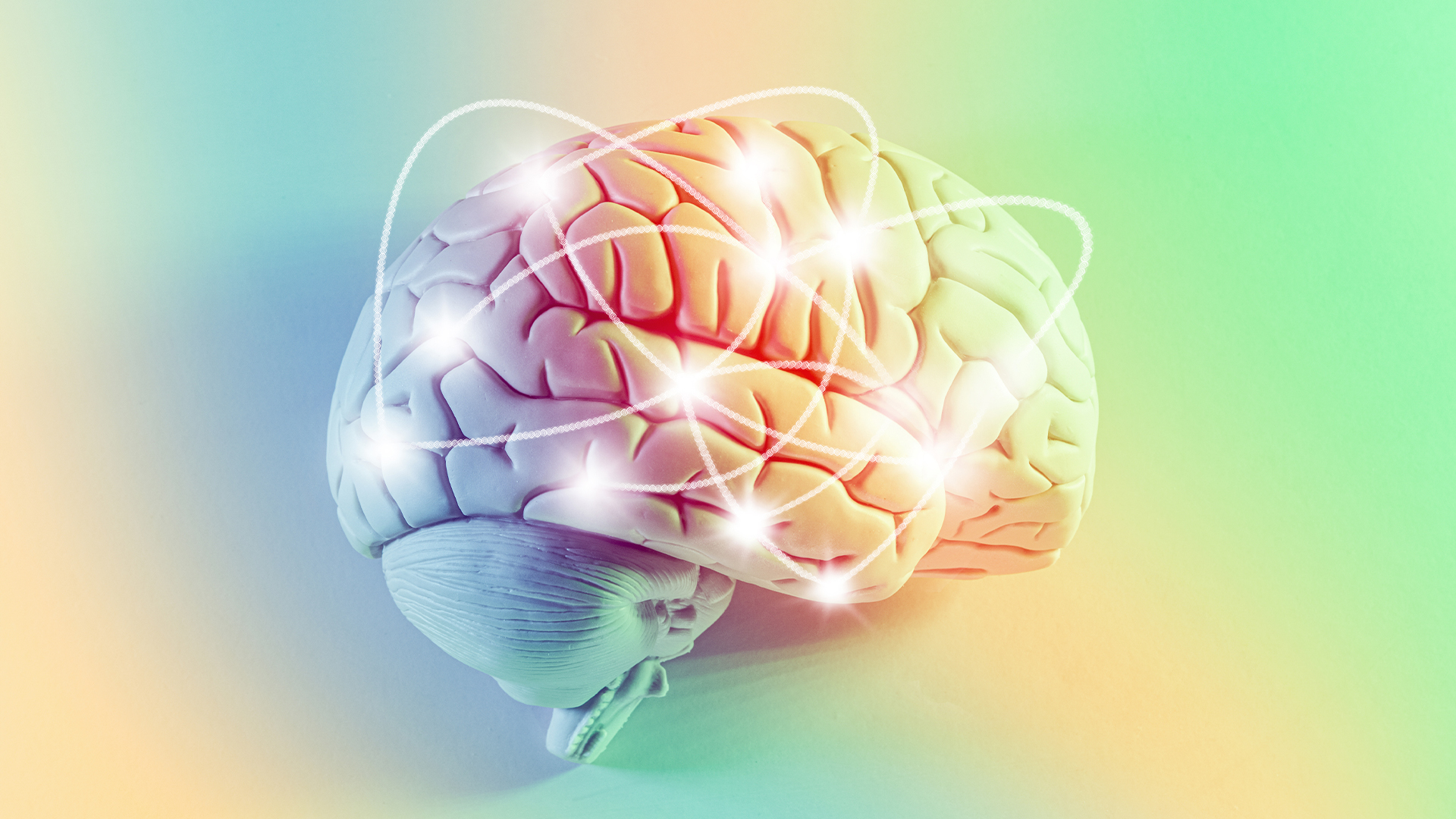 From the desktop to the datacenter: what does success look like in the AI era?
From the desktop to the datacenter: what does success look like in the AI era?Supported Success in the AI era requires a holistic hardware strategy, from empowering employees with the new generation of AI PCs to building a powerful, AI-ready datacenter
-
 The role of enterprise AI in modern business
The role of enterprise AI in modern businessSupported Artificial intelligence is no longer the stuff of science fiction; it's a powerful tool that is reshaping the business landscape
-
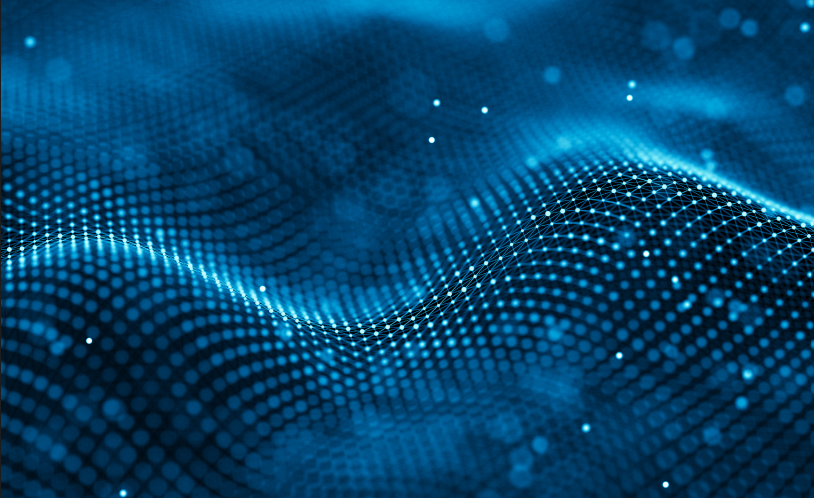 Evaluating the Future of the AI PC
Evaluating the Future of the AI PCwhitepaper
-
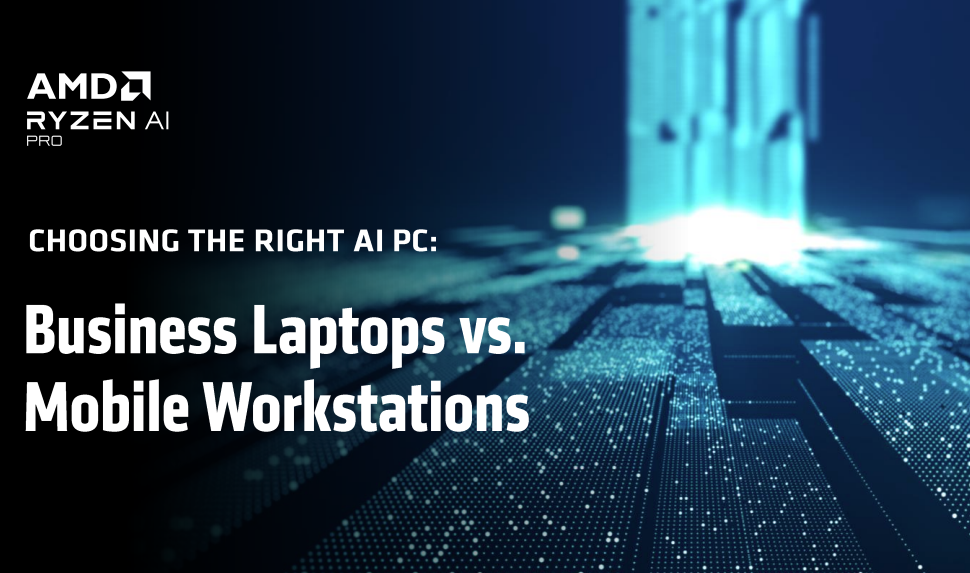 Business Laptops vs. Mobile Workstations
Business Laptops vs. Mobile Workstationswhitepaper
-
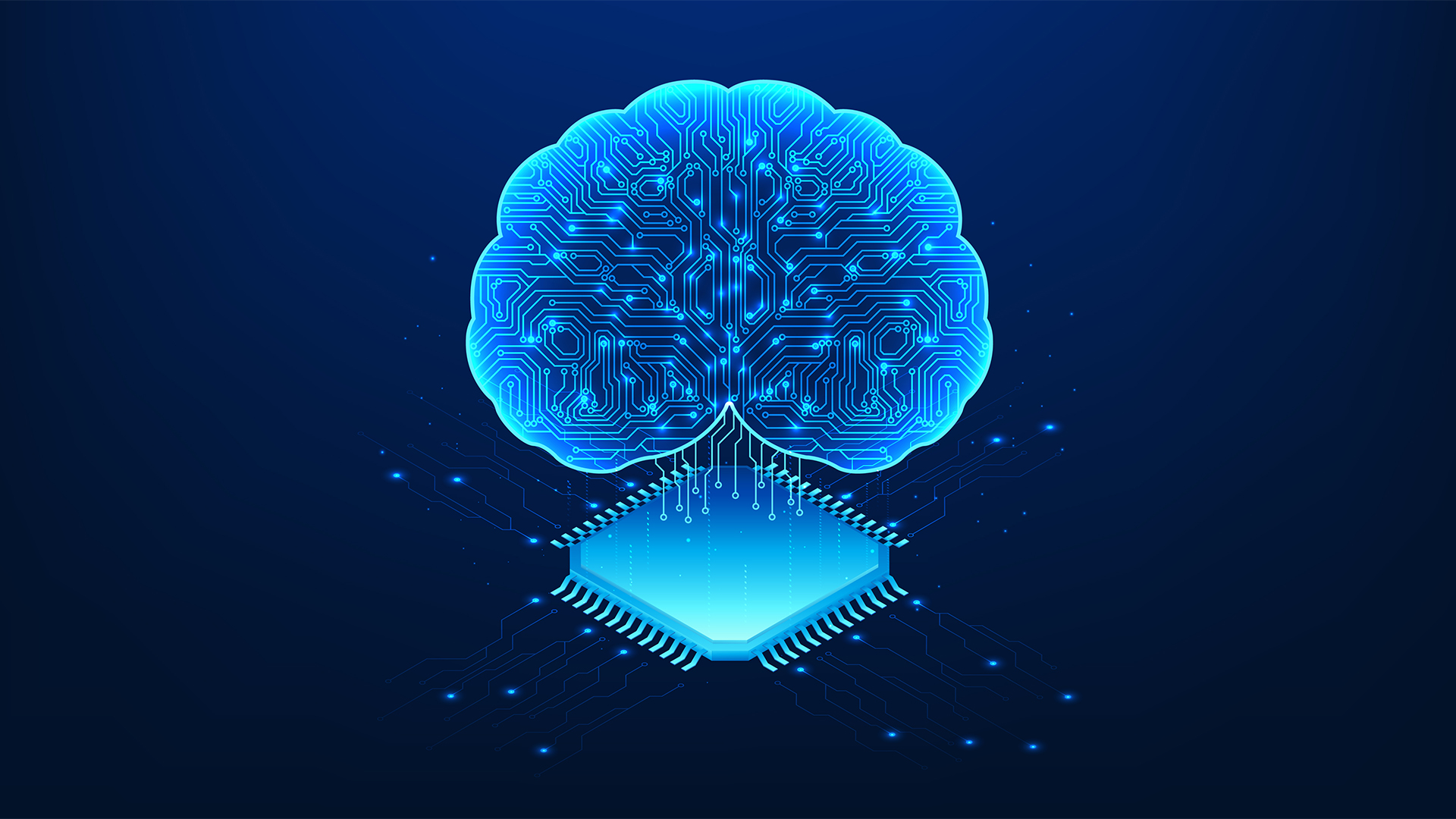 Are Copilot+ PCs finally ready for the enterprise?
Are Copilot+ PCs finally ready for the enterprise?Supported The next generation of AI PCs has high-performance NPUs and generative AI features – but are they right for your business?
-
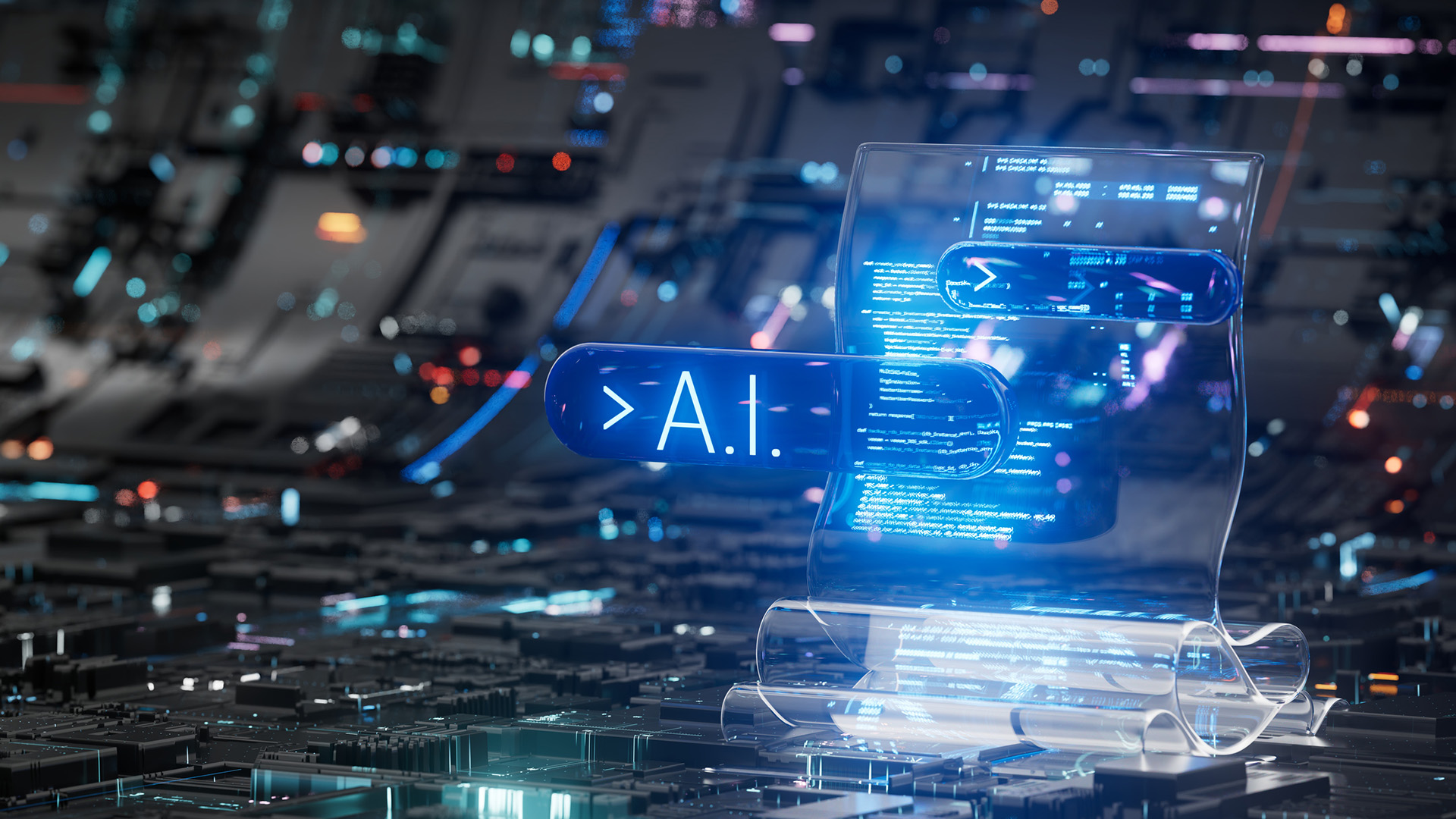 What is parallel processing?
What is parallel processing?Supported It’s the backbone of the internet and supercomputing – here’s everything you need to know about parallel processing

